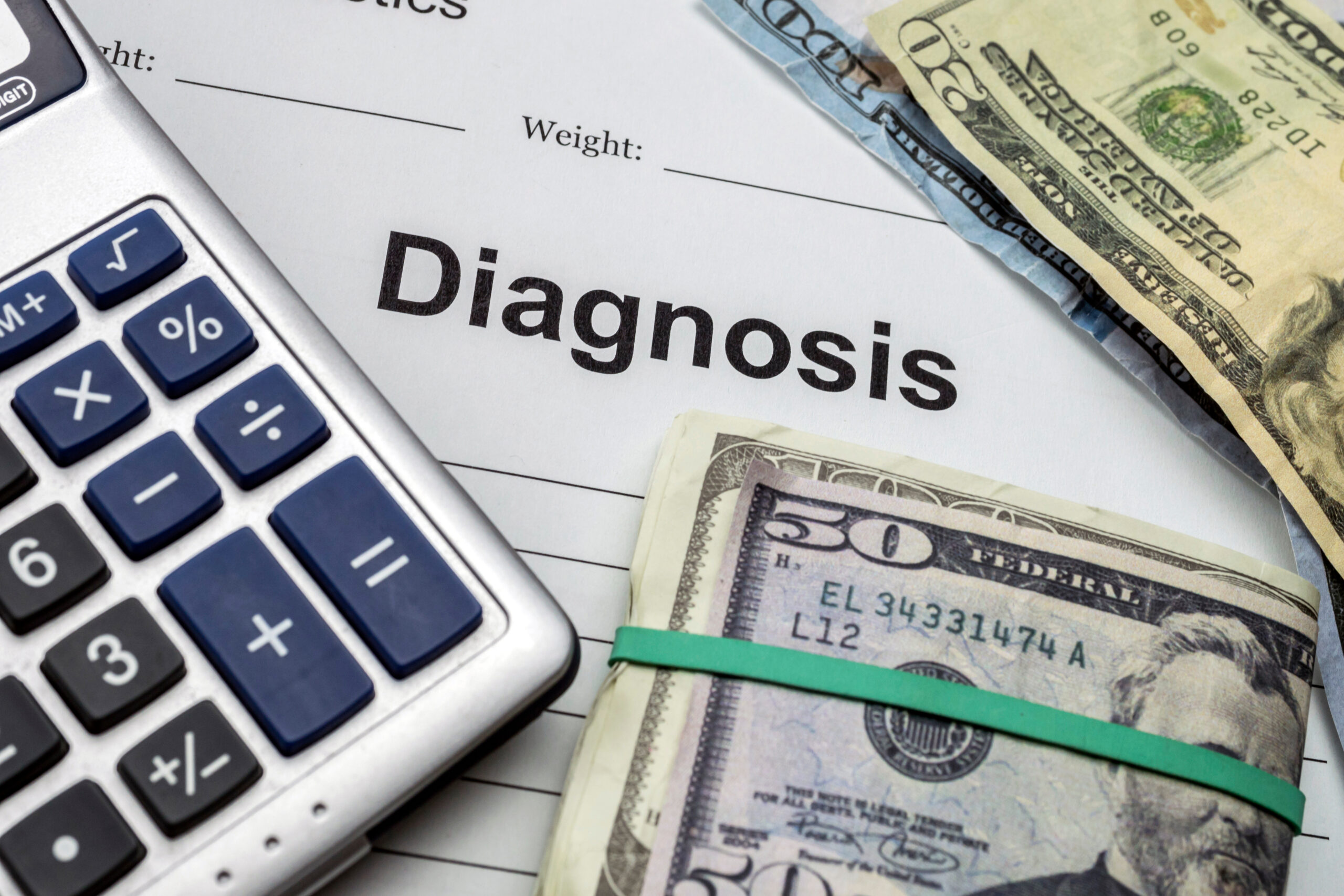Hormones and Migraines: What’s the Link?
Hormones and migraines have a complex relationship, particularly in women. Migraines are more common in women than men, with about 18% of American women experiencing them, compared to 6% of men[1]. This disparity suggests that hormonal fluctuations play a significant role in triggering migraines.
## Hormonal Fluctuations and Migraines
During the menstrual cycle, estrogen levels rise and fall, which can trigger migraines. Many women experience what are known as menstrual migraines, which occur just before or during their period. These migraines are often linked to the drop in estrogen levels that happens right before menstruation[1][3]. This drop can affect neurotransmitter systems in the brain, leading to migraine attacks.
## Perimenopause and Migraines
As women approach menopause, they enter a phase called perimenopause, characterized by significant hormonal fluctuations. These fluctuations can make migraines worse for some women. While a decrease in estrogen levels can trigger migraines in some cases, for others, the fluctuations themselves are the problem[2]. It’s also important to note that some women might experience relief from migraines as estrogen levels decrease, highlighting the individual nature of this relationship[2].
## Biological Mechanisms
Estrogen influences various bodily systems, including blood pressure and blood vessels, which are factors associated with migraine attacks[4]. Additionally, estrogen affects the body’s natural opioid system and may interact with other hormones like oxytocin, potentially contributing to migraine attacks when estrogen levels drop[2].
## Managing Migraines
Understanding the link between hormones and migraines can help in managing these headaches. For women experiencing menstrual migraines, tracking their menstrual cycle can help predict when migraines might occur. Preventive care, such as maintaining a consistent lifestyle and using hormonal treatments to stabilize estrogen levels, can also be beneficial[2][3]. In some cases, hormonal therapies that induce amenorrhea (the absence of menstruation) have been shown to reduce menstrual-related migraine attacks[3].
In summary, the relationship between hormones and migraines is complex and influenced by fluctuations in estrogen levels throughout a woman’s life. While these fluctuations can trigger migraines, understanding and managing them can provide relief for those affected.





